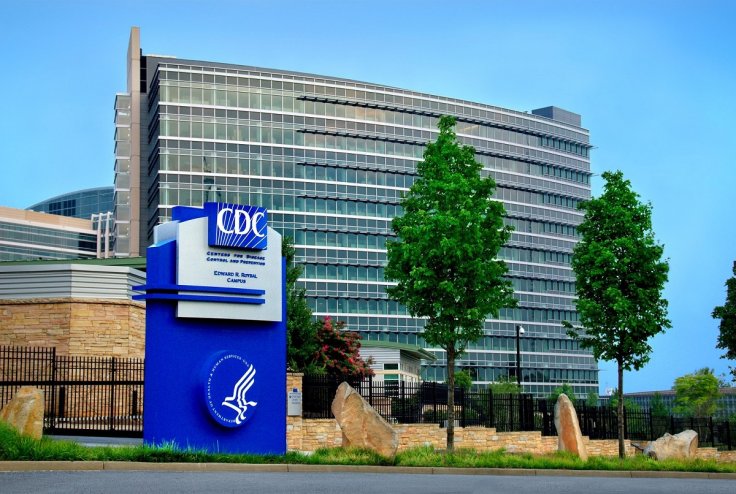U.S. health officials said on Thursday that they have found evidence of an untraceable deadly fungus spreading in at least two hospitals and a nursing home in the United States. Although the facilities haven't been identified, the Centers for Disease Control and Prevention (CDC) said that the 'superbug' outbreaks were reported in a Washington, D.C., nursing home and at two Dallas-area hospitals.
A handful of the patients had invasive fungal infections that were impervious to all three major classes of medications, according to the CDC. The 'superbug' fungus is considered to be most dangerous if it affects patients admitted in hospitals with serious medical conditions.
Resistant to All Treatments

The CDC said that a cluster of 22 patients in two Dallas-area hospitals included two patients who were resistant to all three major classes of antifungal medications. Both those patients died. "This is really the first time we've started seeing clustering of resistance" in which patients seemed to be getting the infections from each other, said the CDC's Dr. Meghan Lyman, according to a USA Today report.
However, the clusters in Dallas and Washington appear to be unrelated to each other, the report said. The 30-day mortality in both outbreaks combined was 30 percent, although other health conditions may also have played a role, health officials said.
The fungus, named Candida auris, is a harmful and most dangerous form of yeast that is believed to be dangerous once it enters hospitals and nursing homes. In such a case, it can be deadly for patients with serious medical problems and it gets deadlier if manages to enter the bloodstream, heart or brain.
According to the CDC, the outbreaks in the two Dallas Hospitals and the Washington nursing home spurred when the fungus spread through patient contact or on contaminated surfaces.
Danger Looms Large

The fungus was identified in 101 patients in Washington, D.C., between January and April 2021. Three among them were isolated as they were resistant to all three major classes of anti-fungal medications. Those cases occurred at a long-term care facility for severely ill patients.
Separately in Texas, there were 22 cases identified during the same period. Two of them were resistant to all three anti-fungal medications, and five resistant to two of the medications. Those seven cases were found in patients at two acute care hospitals, one long-term and one short-term.
This isn't the first time that health officials have reported the presence of the deadly Candida auris fungus in hospitals and nursing homes. Candida auris was first seen in the United States in 2013. Health officials first issued a warning about the emerging threat in 2019.
Although the fungus was resistant to drugs at that time, there was no evidence of the infections spreading from patient to patient. But this time it spread from patient to patient which is now the biggest cause of concern for health officials.








